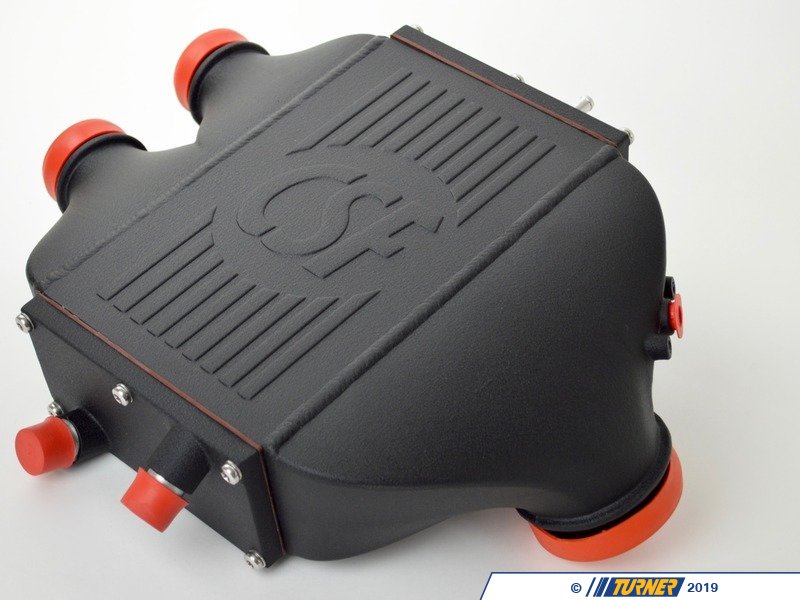

However, certain situations and chemical interactions can cause atoms to shed an electron or gain an electron, which affects their net charge. Electrons have a negative charge, while protons are subatomic particles with a positive charge. Pure atoms don’t have an electric charge, and this is due to the fact that the atoms possess an equal number of electrons and protons. Photo: By Jkwchui – Own work, CC BY-SA 3.0, Shows how a helium atom contains a single proton and electron, and how it can become a cation or anion. The term ion was initially coined by the English chemist Michael Faraday to describe chemicals that travel from one electrode to another. To put that another way, ions have an imbalanced number of electrons and protons in a chemical species. Ions are molecules or atoms that have lost or gained one or more electrons from their valence shell, which ends up giving them a net negative or positive electrical charge. While isotopes are forms of elements that differ due to the different number of neutrons in the nuclei, ions are atoms that have a net electrical charge because the base atom of the element has gained or lost one or more electrons. The atomic mass of an element is discerned by taking the mean of mass numbers for the different isotopes of an element. Isotopes of an element have mass numbers which are slightly different because they differ in their number of neutrons. When taken together, the element’s mass number is determined by the number of protons and neutrons in an atom of the element. “Conquering matter is to understand it, and understanding matter is necessary to understanding the universe and ourselves and that therefore Mendeleev’s Periodic Table, which just during those weeks we were learning to unravel, was poetry.” - Primo Levi Isotopes are simply different variants of the prime element’s atoms, differing only in the number of neutrons possessed by the atom. The number of neutrons that an element has defines the isotopes of that element. If an atom of an element is neutral, that means it has the same number of electrons and protons. The atomic number of an element is based upon the number of protons an atom of that element has. These electron shells hold electrons in orbit and an atom can have multiple electron shells.Ītoms have different properties based on how the simple constituent particles are arranged. The outermost portions of the atom are referred to as the electron shells. Outside of the nucleus is the orbital region, consisting of electrons that orbit the nucleus. The nucleus is comprised of neutrons and protons. The first region of the atom is the nucleus, the center of the atom.

Neutrons weigh around 1.67 x 10 -24 grams. Neutrons and protons have masses that are approximately equal. Protons are positively charged subatomic particles, while neutrons are subatomic particles that have no charge. Neutrons, electrons, and protons are the three constituent parts of an atom.

The Structure Of An AtomĪtoms are made out of three basic parts, separated into two distinct regions. Aluminum is used for a wide variety of different purposes, including the creation of vehicles, batteries and packaging materials, as well as the construction of buildings and the creation of cooking utensils. In the year 2016, the global production of aluminum was around 59 million metric tons. Along with iron, aluminum is the most commonly used metal. Aluminum is an extremely abundant element, in fact, it is the most abundant metal element in the crust of the earth. It is represented with the symbol “Al” and it has the atomic number 13. O’RourkeĪluminum is a soft metal in the boron group on the periodic table of elements. Consider that 75% of all the aluminum made since 1886 is still in use.” - William J. “Aluminum has been called the sustainability nutrient of the world, and for good reason. Yet to better understand the relationship between ions, ionization, and the different elements, a closer look at both positive and negative ions is needed. That’s the quick answer regarding how aluminum’s charge is 3+. Aluminum then has three excess protons so the charge of a base aluminum ion is 3+. The valence shell of aluminum has three electrons, and per the octet rule, these three electrons are lost resulting in just 10 electrons and 13 protons. This is because the element’s atomic number is 13, reflecting the fact that it has 13 electrons and 13 protons. The charge of an aluminum ion is typically 3+.


 0 kommentar(er)
0 kommentar(er)
